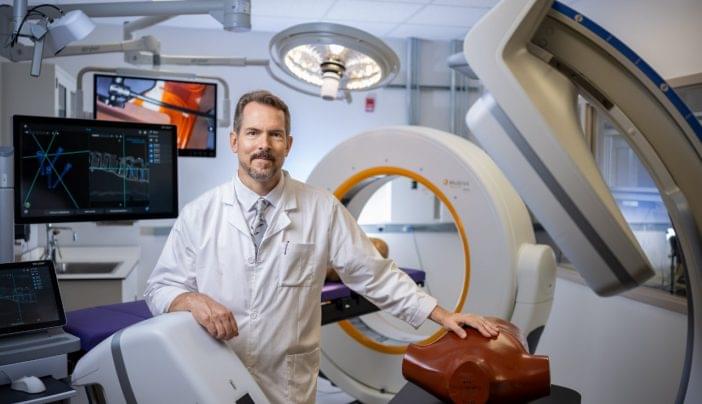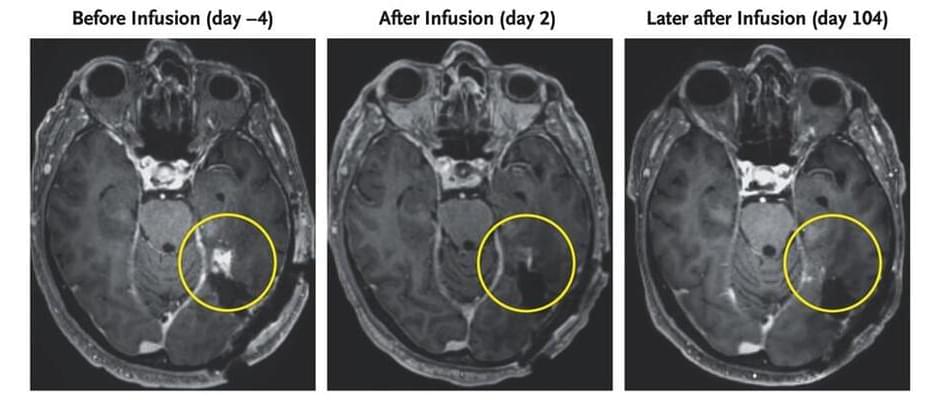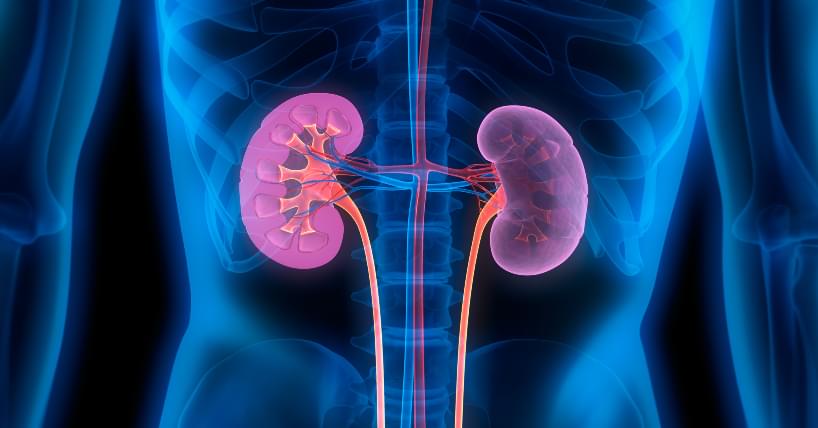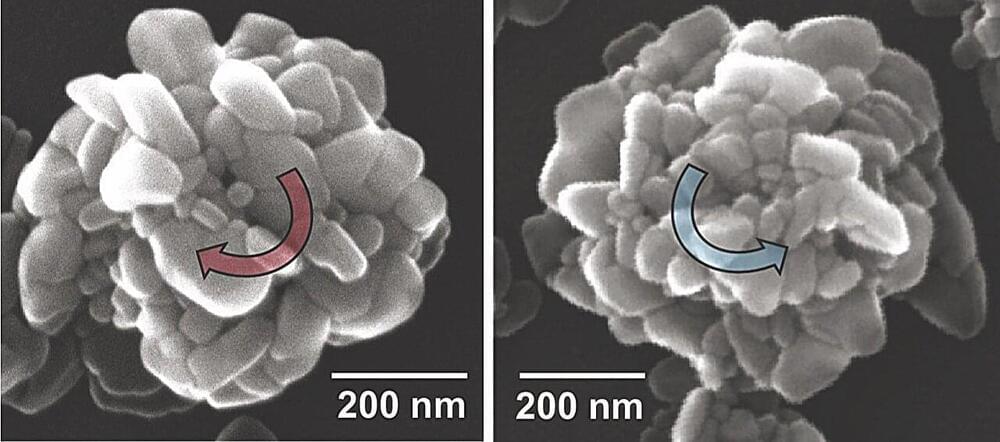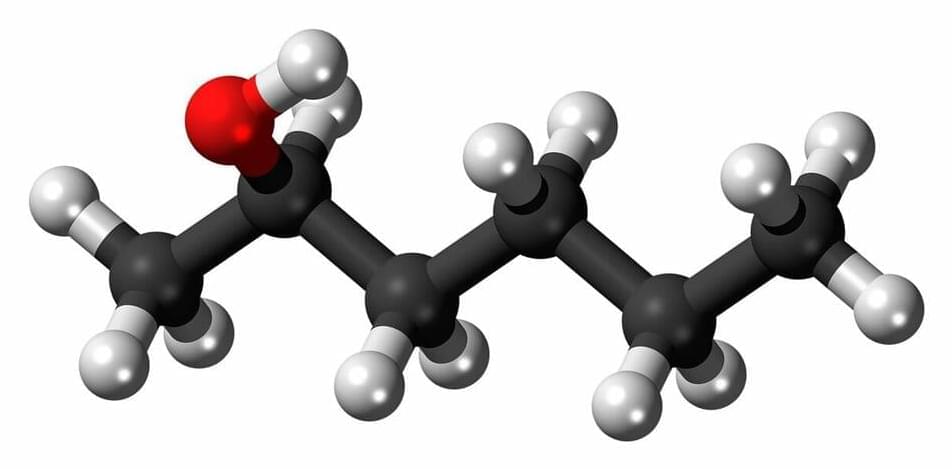
Advances with photoswitches could lead to a smartphone that’s soft and flexible and shaped like a hand so you can wear it as a glove, for example. Or a paper-thin computer screen that you can roll up like a window shade when you’re done using it. Or a TV as thin as wallpaper that you can paste on a wall and hardly know it’s there when you’re not watching it.
Photoswitches, which turn on and off in response to light, can be stitched together to replace the transistors used in electronic devices that control the flow of the electric current.
Commercial silicon transistors are brittle, nontransparent, and typically several microns thick, about the same thickness as a red blood cell. In contrast, photoswitches are one or two nanometers, about 1,000 times thinner. They can also be mounted on graphene, a transparent, flexible material.
